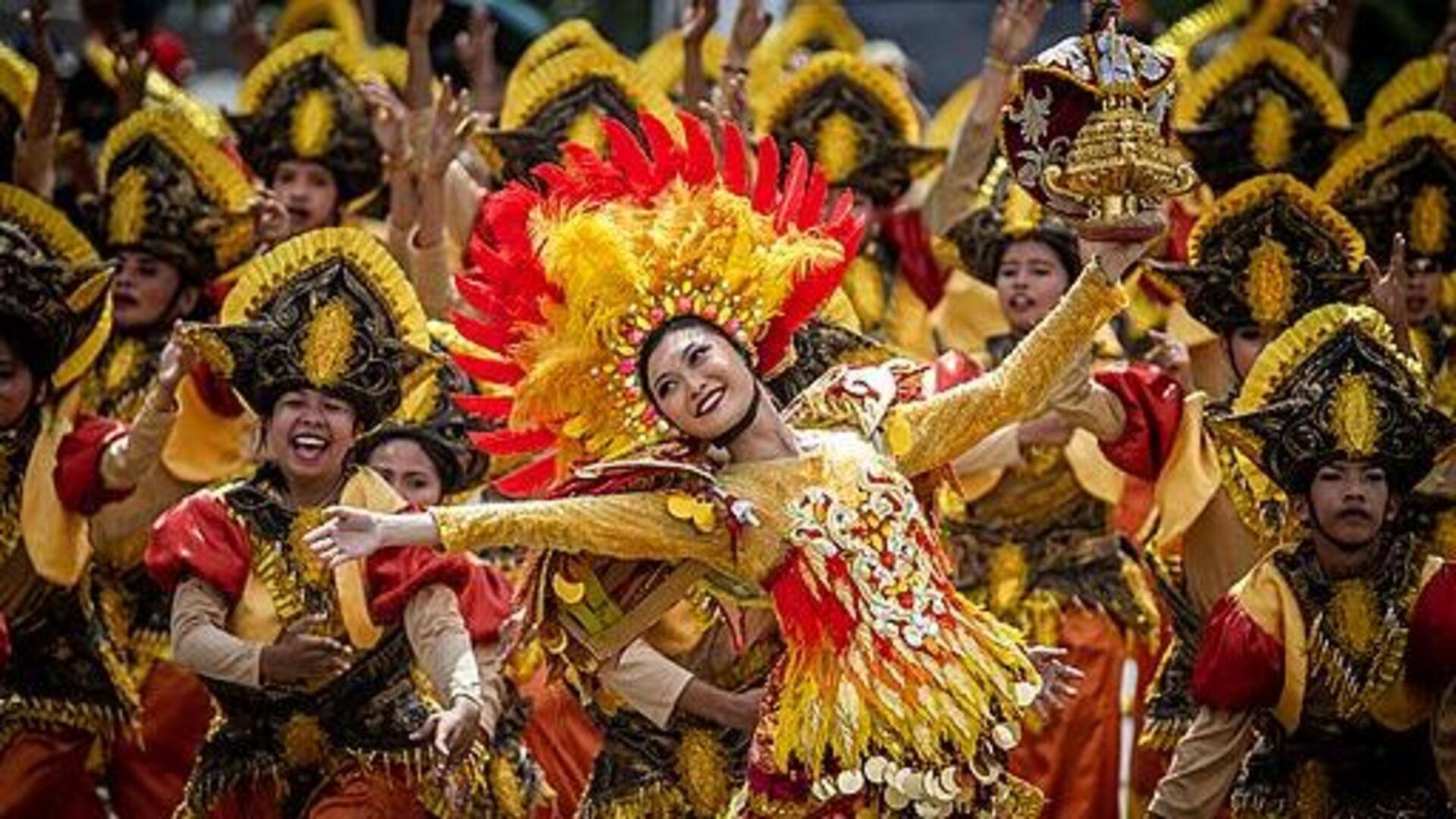
5 unique festive traditions in the Philippines
What's the story
Renowned for its lively and colorful culture, the Philippines hosts a wide array of festivals all year-round. Deeply rooted in history and tradition, the celebrations reflect the rich heritage of the Filipino people. From colorful parades to lively street dances, every festival gives a unique insight into the country's cultural tapestry. Here are five unique festive traditions that capture the essence and creativity of Filipino celebrations.
Sinulog
Sinulog Festival: A dance of devotion
The Sinulog Festival takes place every year in Cebu City on the third Sunday of January. It celebrates Santo Nino, or the Child Jesus, with a magnificent parade where revelers dressed in colorful costumes perform traditional dances. The steps mimic water flow, a tribute to Cebu's river currents. Millions of visitors flock here every year to witness this amazing show of faith and artistry.
Panagbenga
Panagbenga Festival: Blooming flowers parade
To celebrate the blooming season, the Panagbenga Festival is held every February in Baguio City. The "Flower Festival" is known for its floats covered with colorful flowers from local gardens. Street dancing inspired by indigenous traditions is also part of the festivities, and highlights Baguio's floral industry. The month-long celebration attracts tourists keen to witness its colorful displays and cool mountain weather.
Pahiyas
Pahiyas Festival: Harvest celebration
Held every May 15 in Lucban, Quezon Province, the Pahiyas Festival celebrates a bountiful harvest with elaborate decorations made from agricultural products like rice grains and fruits displayed on houses' facades along main streets called kiping. This visually stunning event attracts thousands annually as residents compete for prizes based on creativity while expressing gratitude for abundant crops through this.
Kadayawan
Kadayawan Festival: A tribute to nature's bounty
Kadayawan sa Dabaw, celebrated every August in Davao City, honors nature's bounty and the indigenous tribes of Mindanao Island. This festival, rooted in ancient traditions before Spanish colonization, showcases the unity and diversity of local communities. It features vibrant parades, cultural performances, and a showcase of agricultural abundance, drawing visitors to appreciate the harmonious blend of history, culture, and gratitude.